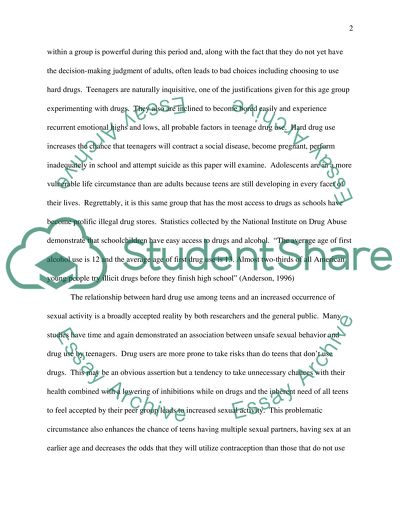Cite this document
(“Drug Control Essay Example | Topics and Well Written Essays - 1500 words”, n.d.)
Retrieved from https://studentshare.org/environmental-studies/1415144-drug-control
Retrieved from https://studentshare.org/environmental-studies/1415144-drug-control
(Drug Control Essay Example | Topics and Well Written Essays - 1500 Words)
https://studentshare.org/environmental-studies/1415144-drug-control.
https://studentshare.org/environmental-studies/1415144-drug-control.
“Drug Control Essay Example | Topics and Well Written Essays - 1500 Words”, n.d. https://studentshare.org/environmental-studies/1415144-drug-control.


